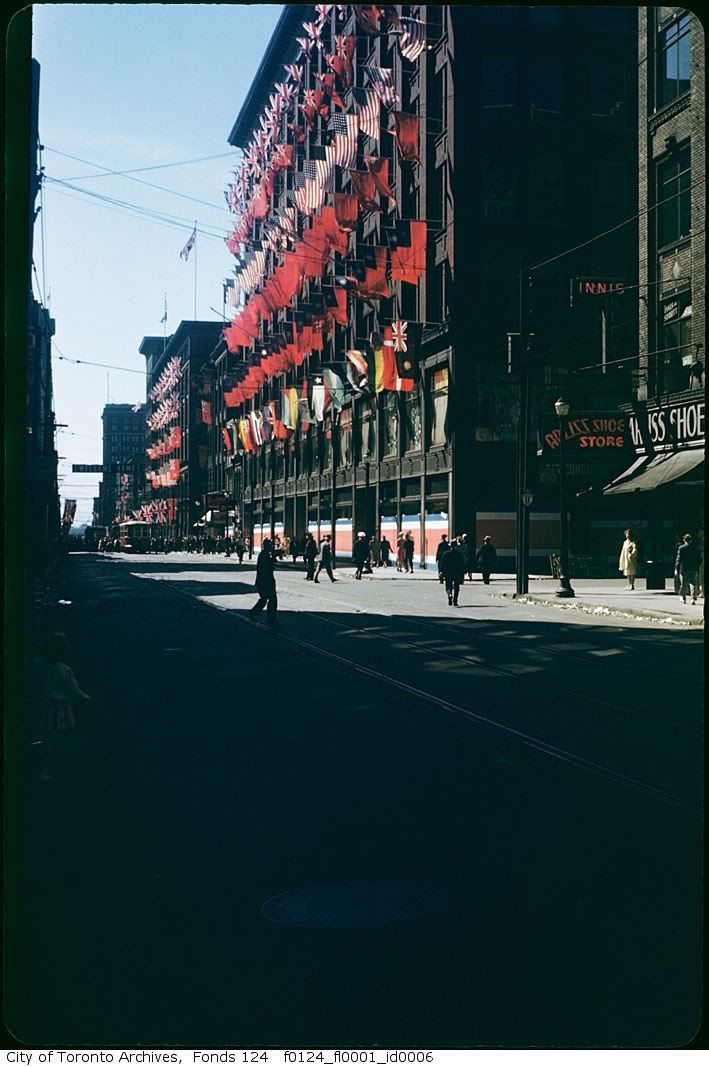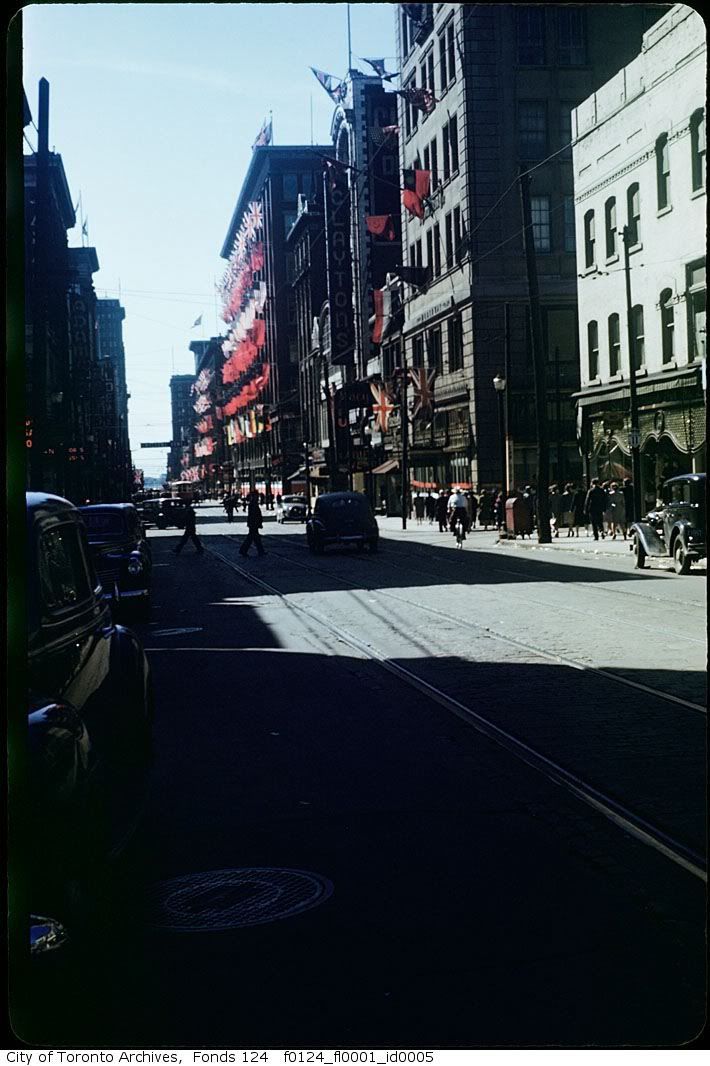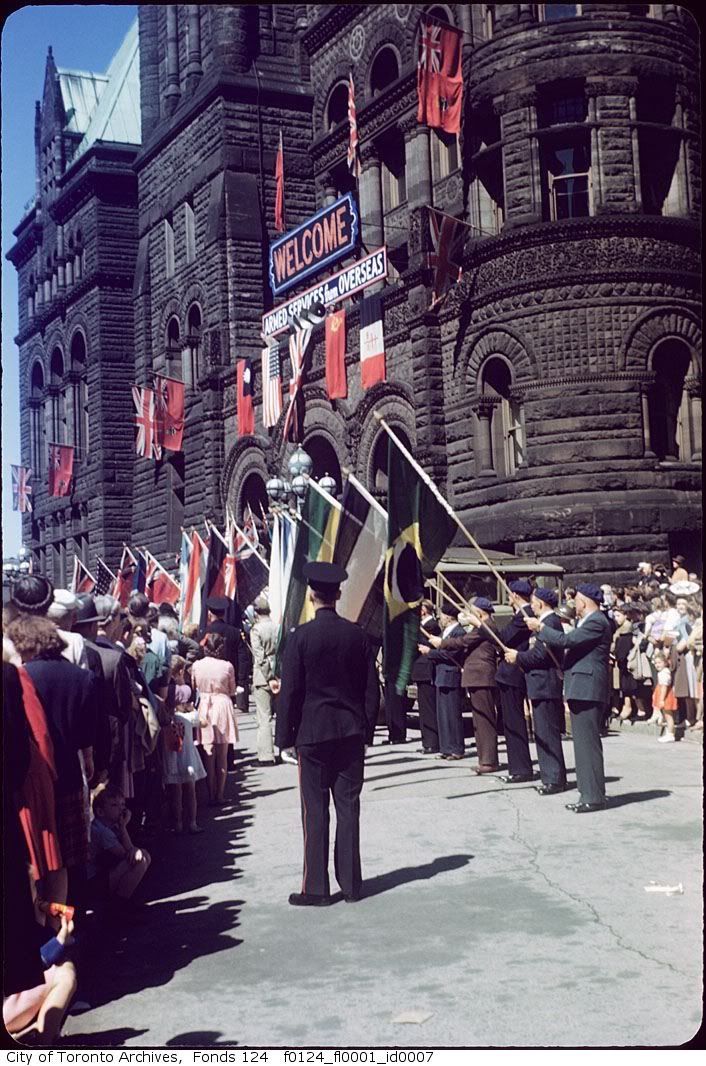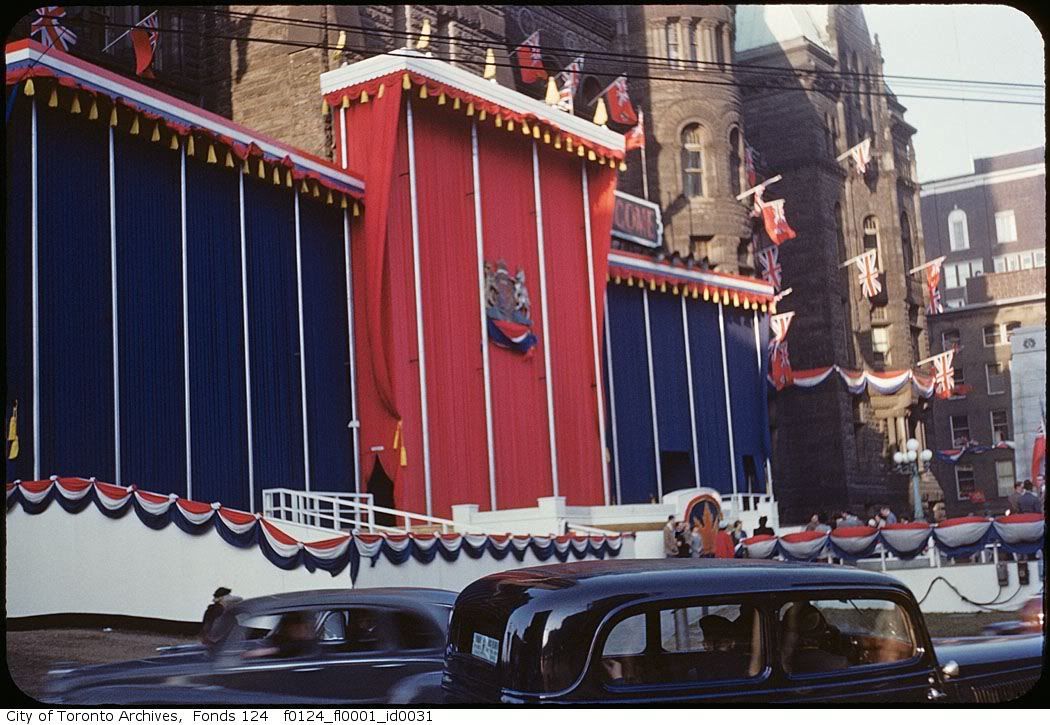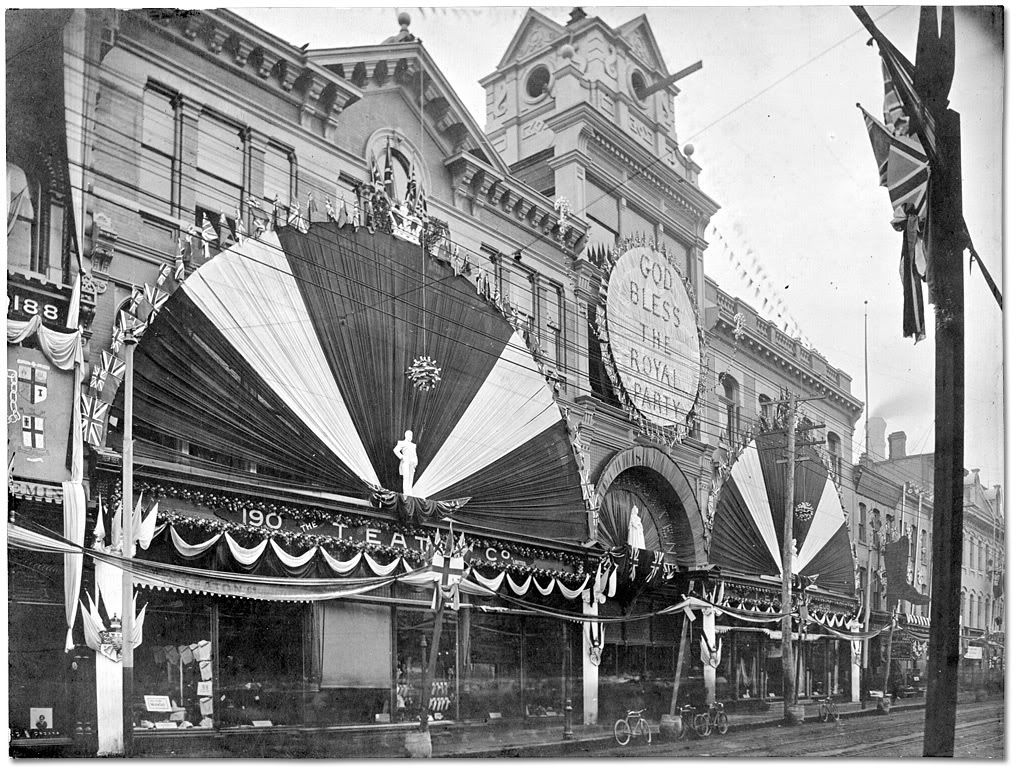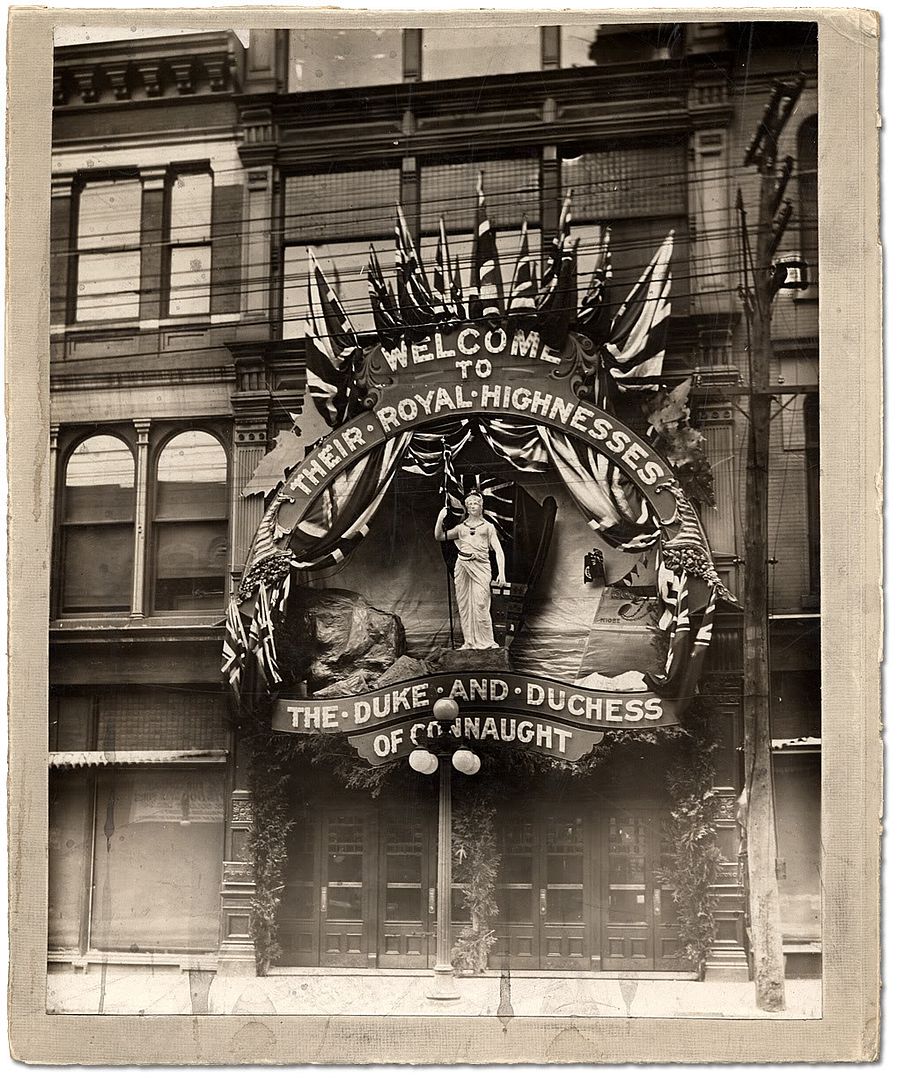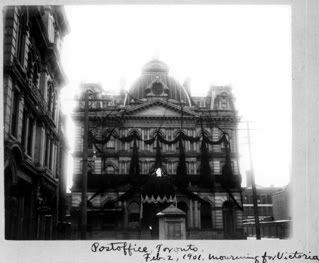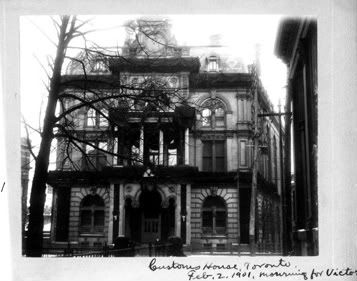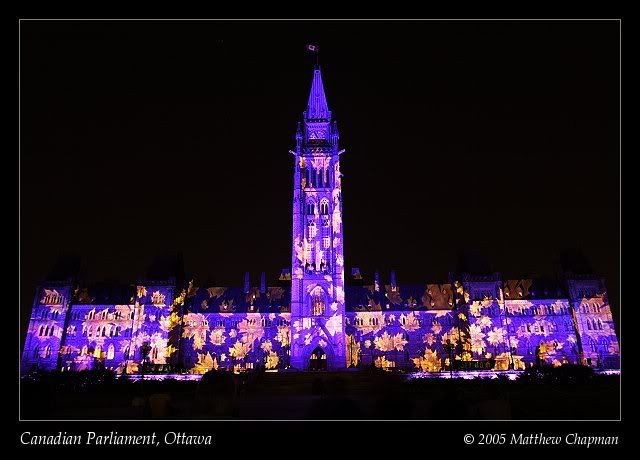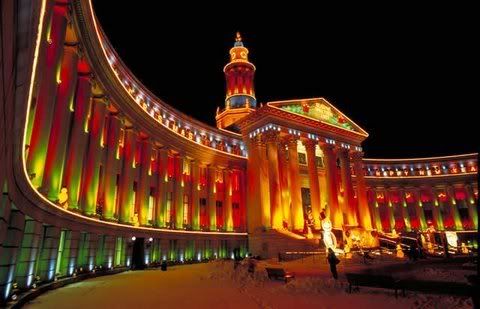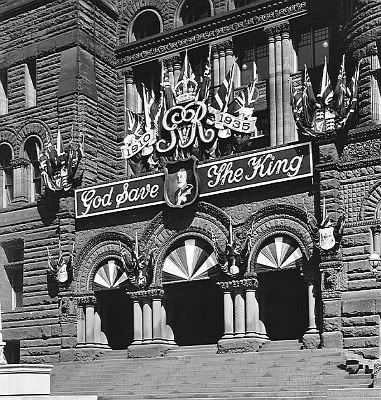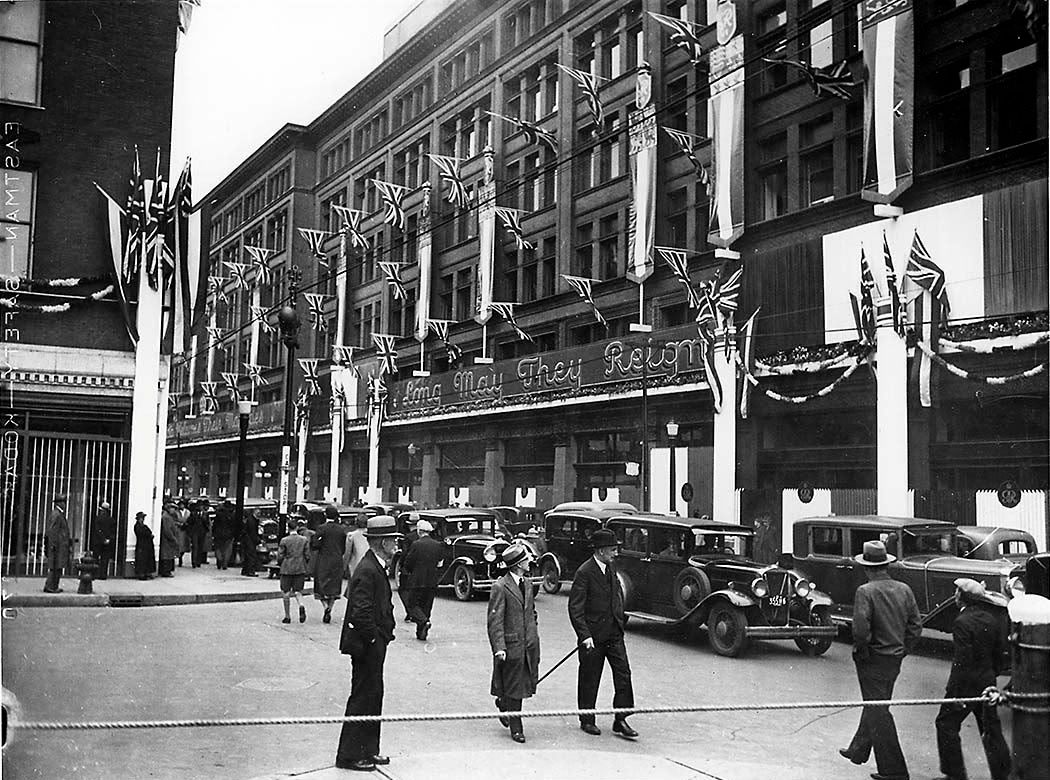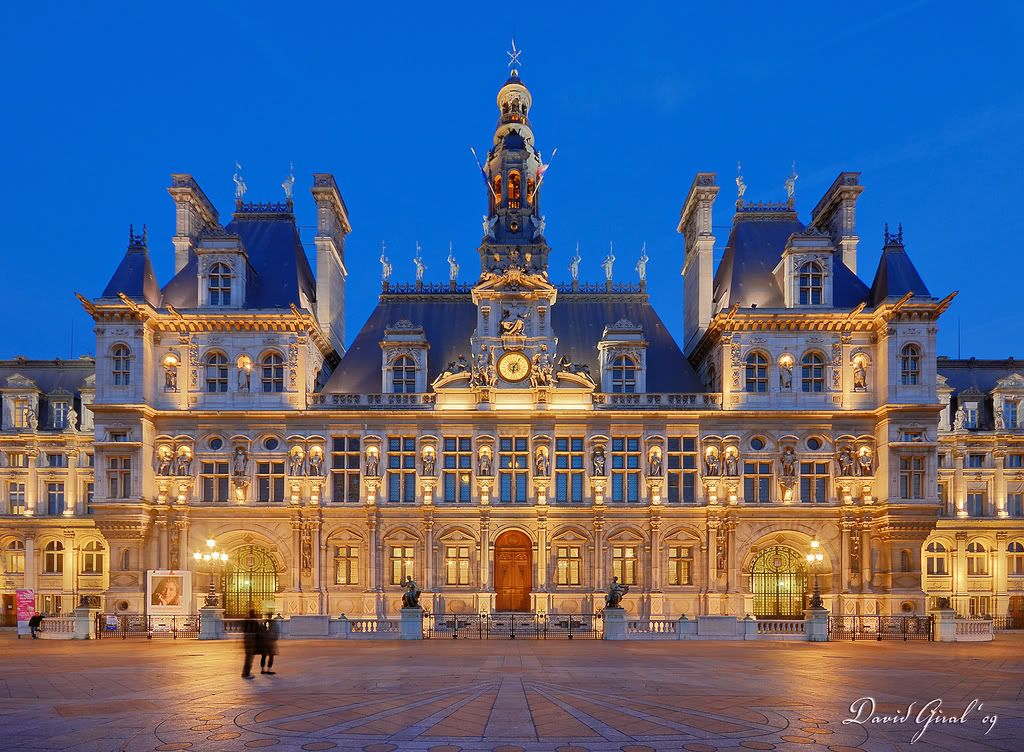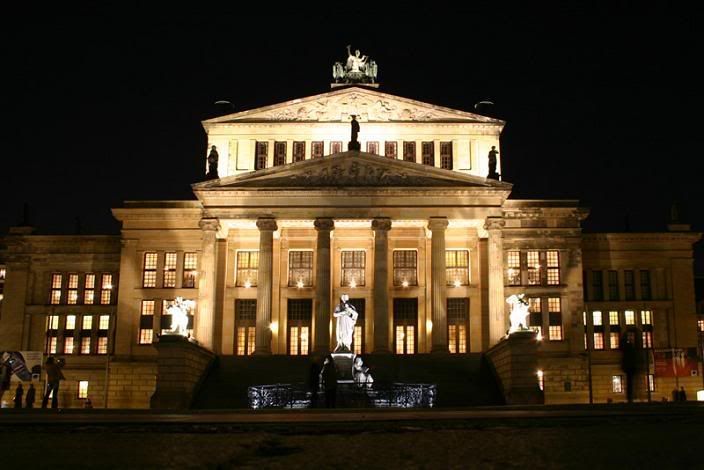yes, a lost art. of course, at the heart of all lost arts is actually a lost audience...
as much as anything, these displays speak to the immense totemic power of the Union Jack, and it accompanying heraldic symbolism of the Empire, for the inhabitants of old Orange Toronto.
of course the various heraldic forms--crowns, cartouche, insignia, escutcheon, coat of arms etc--couldn't survive the double onslaught of the rise of modernism, and the emergence of a distinctly Canadian national identity. they would have been almost completely anachronistic by the 1960's.
also, somehow our own flag never inspired the same kinds of ostentation.






